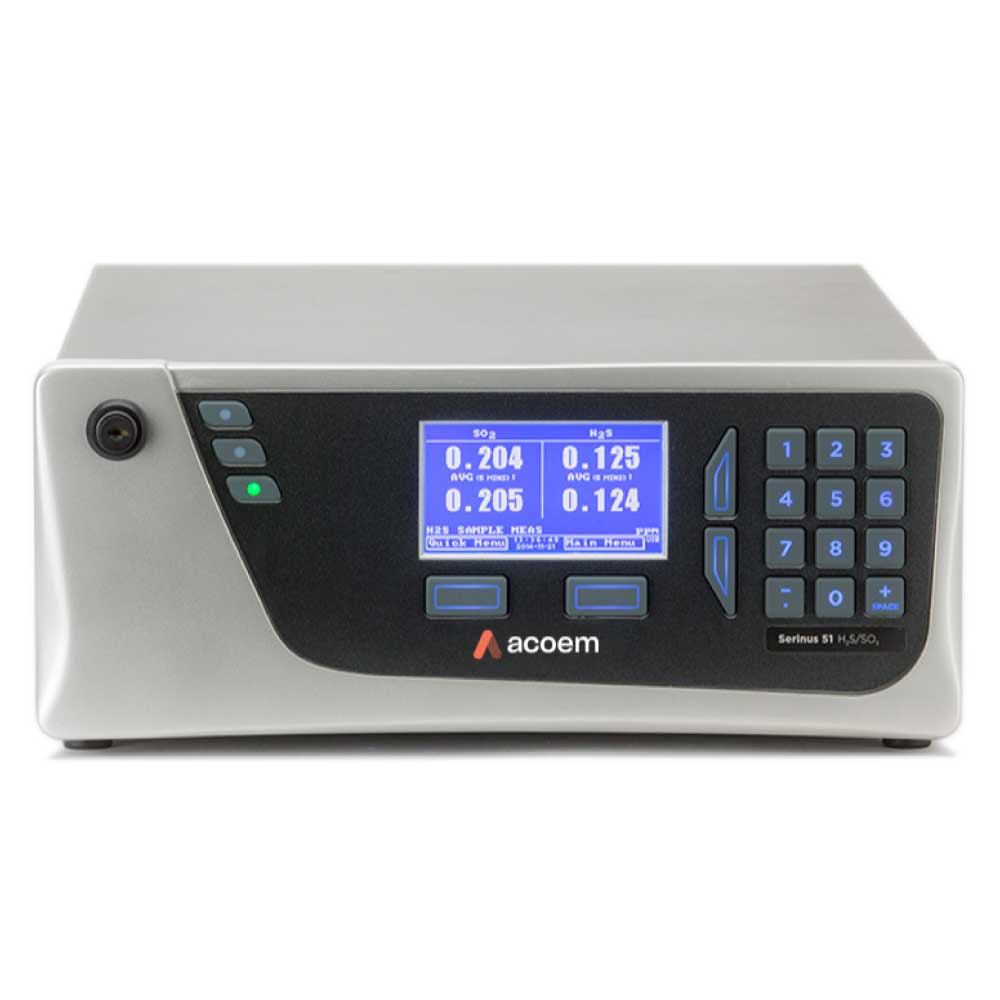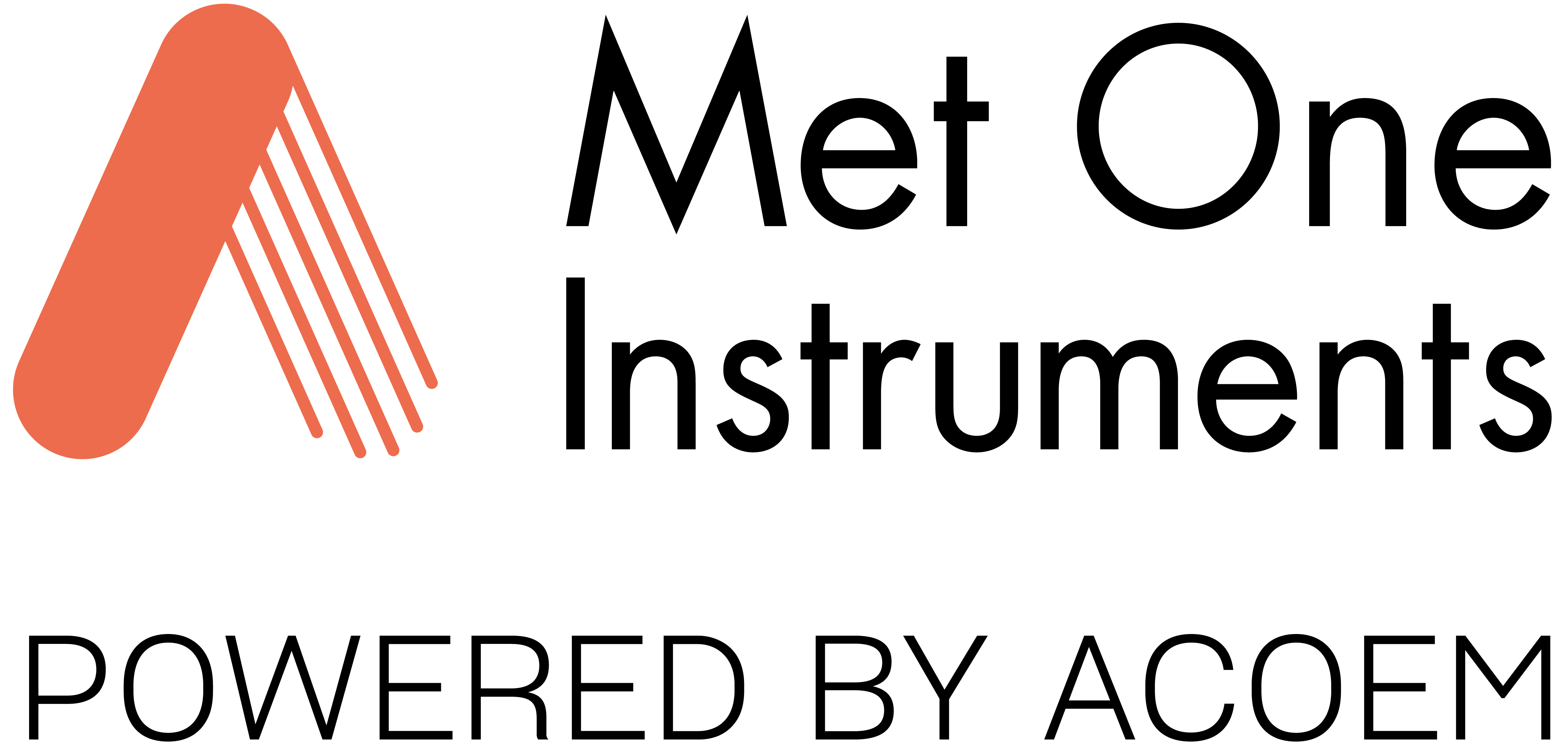December, 2024 | by Harsh Dixit
As industries grow, so does the release of pollutants like hydrogen sulfide (H₂S) and sulfur dioxide (SO₂). H₂S, a gas with a distinct “rotten egg” smell, poses risks to human health and infrastructure through corrosion, while SO₂ contributes to acid rain, respiratory issues, and environmental degradation. Accurate monitoring of these gases is vital for industries, regulatory bodies, and environmental organizations aiming to minimize their impact.

Addressing the Challenges of H₂S & SO₂ Monitoring
H₂S and SO₂ are significant byproducts of industrial processes facilities such as waste management centers, sewage treatment plants, landfills, and industrial dumping sites often face significant odour issues due to emissions of H₂S and SO₂. Monitoring these gases is critical for:
- Environmental Impact: Beyond odours, H₂S and SO₂ contribute to acid rain and ecosystem damage, emphasizing the need for sustainable solutions.
- Community Relations: Unpleasant odors can lead to complaints from nearby communities, tarnishing the reputation of waste and sewage treatment operations.
- Worker Safety: H₂S, even at low concentrations, poses a risk to workers’ health, making real-time monitoring essential.
- Regulatory Compliance: Increasing environmental regulations demand precise data on emissions and odours from waste management facilities.
The Need for Reliable Gas Monitoring
H₂S and SO₂ are significant byproducts of industrial processes such as oil refining, wastewater treatment, and power generation. Their monitoring is often fraught with challenges:
- Cross-Sensitivity: Other pollutants can interfere with measurements, leading to unreliable data.
- Inability to Detect Trace Levels: Monitoring small but critical fluctuations in pollutant concentrations is essential for early intervention and safeguarding compliance.
- Complex Calibration: Older systems often require frequent, labor-intensive calibration, increasing costs and downtime.
- High Maintenance Requirements: Legacy systems demand frequent calibration and are prone to degradation in harsh industrial conditions.
- Slow Response Times: Delayed data feedback hinders timely intervention, increasing risks to both workers and the environment.
These challenges demand a solution that’s precise, easy to maintain, and designed for real-world industrial environments.
The Serinus® 51 Hydrogen Sulfide & Sulfur Dioxide Analyzer, developed by Acoem, is a revolutionary tool designed to address these challenges. powered by SFD Technology (Sequential Fluorescence Detection), this device offers precise, real-time data on H₂S and SO₂ levels, empowering users to take immediate, informed action.

SFD Technology (Sequential Fluorescence Detection) – The Innovation Behind Serinus® 51

SFD Technology (Sequential Fluorescence Detection) is the driving force behind the Serinus® 51 analyzer. This advanced technology utilizes pulsed fluorescence detection combined with an internal catalytic converter, enabling the analyzer to switch seamlessly between H₂S and SO₂ monitoring.
What Makes SFD Technology Unique?
- Direct and Accurate Measurements
- Eliminates the need for inferential methods, delivering real-time data on H₂S and SO₂ concentrations.
- Ensures high sensitivity, with a detection limit as low as 0.3 ppb, ideal for regulatory compliance and operational safety.
- Sequential Gas Monitoring
- Switches effortlessly between H₂S and SO₂ analysis, reducing the need for multiple instruments.
- Provides reliable data without interference from other pollutants, even in mixed-gas environments.
- Eco-Efficiency and Robust Design
- Operates efficiently across diverse conditions, consuming minimal power.
- Rugged, low-maintenance construction ensures reliable performance in industrial and environmental settings.
- Remote Accessibility
- Equipped with Bluetooth connectivity via the Serinus® Remote App, enabling real-time diagnostics, calibration, and data logging.
Key applications of Serinus® 51

Waste Management Facilities
Monitor odors and emissions from open dumping sites or waste incinerators, ensuring compliance with environmental standards while minimizing community complaints.
Sewage Treatment Plants
Track H₂S levels from anaerobic processes in sewage lagoons and digesters to protect workers and optimize odor management systems.
Landfills and Composting Sites
Measure gas emissions during organic waste decomposition and use the data to control odors and improve air quality for surrounding communities.
Industrial Sites and Compliance
For industries producing byproducts containing sulfur compounds, Serinus® 51 ensures precise monitoring of emissions, safeguarding against non-compliance penalties and improving environmental stewardship.


Environmental Research
Researchers studying air pollution and its ecological effects benefit from the analyzer’s ability to detect trace gas levels with pinpoint accuracy, fostering data-driven insights and policies.
Urban and Rural Monitoring
Whether addressing urban air quality challenges or monitoring background pollution in rural or ecologically sensitive areas, Serinus® 51 delivers dependable, real-time results.
Why Serinus® 51 is a Game-Changer
SFD Technology empowers users with unmatched control, accuracy, and reliability, setting a new standard in air quality monitoring. By simplifying the complexities of H₂S and SO₂ detection, the Serinus® 51 bridges the gap between innovation and practicality, enabling industries and governments to build a healthier, more sustainable future.
A Tool for Cleaner Air and Better Communities
Odor issues are not just a nuisance—they’re a reflection of air quality challenges that demand innovative solutions. The Serinus® 51, with its SFD Technology™, empowers industries, municipalities, and environmental agencies to monitor, manage, and mitigate harmful emissions effectively.
By bridging the gap between precision and practicality, this advanced analyzer ensures that odor sources are under control, communities are protected, and environmental standards are met.
Would you like to Explore the Future of Gas Monitoring? Contact us today to learn how the Serinus® 51 can support your air quality monitoring goals.

